Many people think shoulders are just about brute strength, but in reality, well-defined shoulders are the secret weapon for a balanced, powerful, and aesthetic physique.
Strong shoulders don’t just make you look wider and more confident—they improve posture, reduce injury risks, and make everyday activities easier.
Here’s the catch: not all shoulder exercises are created equal, and some simply can’t be replicated outside of a gym setting. If you’re stuck in a home routine or relying solely on dumbbells, you’re likely missing out on these powerhouse movements.
Ready to supercharge your deltoids? Let’s dive into 10 gym-only shoulder exercises that will sculpt your shoulders into boulders—with precise how-to instructions to make every rep count.
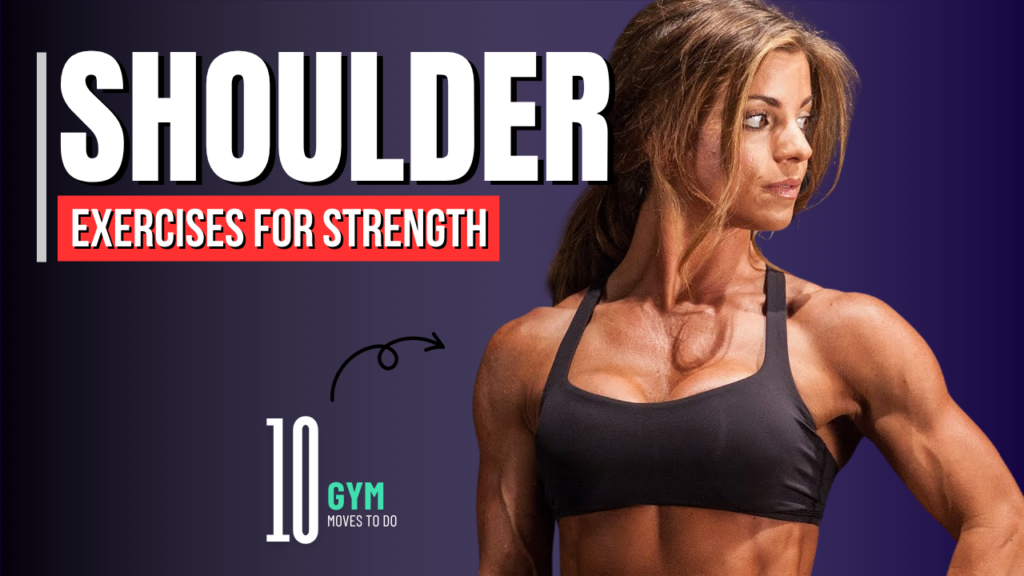
Table of Contents
What Can Happen After 30 Days of Consistent Shoulder Training
| Positive Outcomes | Possible Challenges |
|---|---|
| Noticeable increase in shoulder strength and pressing power. | Muscle soreness (especially if you’re new to gym training). |
| Improved shoulder muscle definition and fullness. | Plateau in progress if recovery and nutrition aren’t optimized. |
| Better posture due to stronger rear delts and traps. | Potential for joint discomfort if form isn’t correct. |
| Enhanced stability and performance in upper body lifts. | Risk of overtraining if rest days are ignored. |
| Boosted confidence with more balanced, aesthetic shoulders. | Imbalance if certain deltoid heads (like rear delts) are underworked. |
| Increased awareness of proper form and control. | Fatigue or burnout if other muscle groups are neglected. |
Do’s & Don’ts for Effective Shoulder Training
| Do’s | Don’ts |
|---|---|
| Warm up with dynamic shoulder movements before heavy lifting. | Don’t skip warm-ups or jump into heavy weights cold. |
| Use controlled, deliberate form for every rep. | Don’t use momentum or jerk the weights. |
| Focus on balanced development of front, side, and rear delts. | Don’t overemphasize pressing exercises and neglect rear delts. |
| Gradually increase weight as you master proper form. | Don’t prioritize heavy weights over form and control. |
| Incorporate both compound and isolation exercises for complete development. | Don’t rely solely on machines or one exercise type. |
| Keep core engaged and maintain a neutral spine during presses. | Don’t arch your back excessively or lean into the weight. |
| Listen to your body—rest and recover between sessions. | Don’t train shoulders daily or ignore signs of overtraining. |
| Include shoulder mobility drills in your routine. | Don’t ignore flexibility and mobility, leading to injury. |
| Use cables and machines to maintain consistent resistance. | Don’t depend only on free weights without exploring machine options. |
| Stay consistent and track progress to ensure gains. | Don’t expect overnight results or neglect proper nutrition. |
1. Seated Barbell Overhead Press
A compound staple that loads the delts with heavyweight while minimizing leg drive.
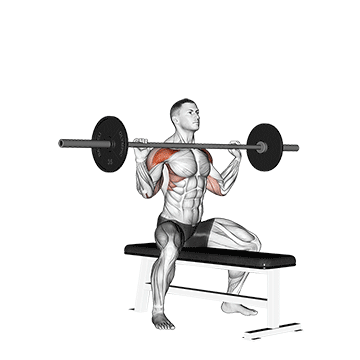
- How to do it: Sit on a bench with back support. Grip the barbell just wider than shoulder-width. Press the bar overhead until arms are fully extended, then lower under control.
Pro Tip: Keep your core tight and avoid overarching your back.
2. Smith Machine Shoulder Press
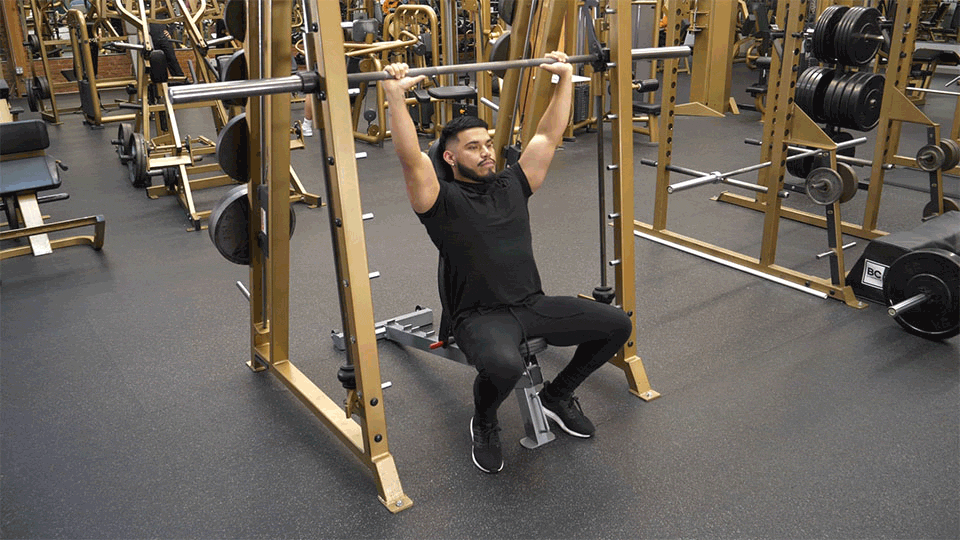
A machine variation that isolates the shoulders while providing stability.
- How to do it: Adjust the bench to an upright position under the Smith machine. Grip the bar, unlock it, and press upward. Slowly lower it back down.
Did you know? The Smith machine allows you to focus on the delts without worrying about balance.
3. Cable Lateral Raises
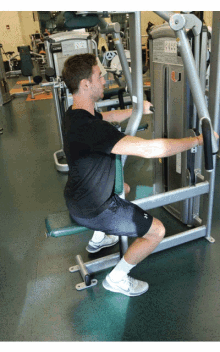
Perfect for constant tension on the side delts.
- How to do it: Stand sideways to the cable, with the handle in the opposite hand. Lift your arm to shoulder height, pause, and lower. Repeat on both sides.
Myth-buster: Many think side delts are only worked with dumbbells, but cables add unique resistance throughout the range.
4. Machine Rear Delt Fly

Targets the often-neglected rear delts for better posture and balanced shoulders.
- How to do it: Sit facing the fly machine, grab the handles, and with a slight elbow bend, pull the arms outward in a reverse fly motion.
Pro Tip: Squeeze your shoulder blades together at the peak of the movement.
5. Arnold Press (Seated)
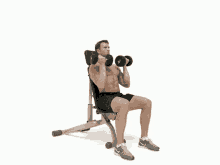
Named after Arnold Schwarzenegger, this move combines rotation with overhead pressing.
- How to do it: Start seated with dumbbells in front of your shoulders, palms facing you. As you press upward, rotate your wrists so your palms face forward at the top. Reverse the movement on the way down.
Interesting Fact: The Arnold press hits all three deltoid heads, unlike standard presses.
6. Cable Front Raises
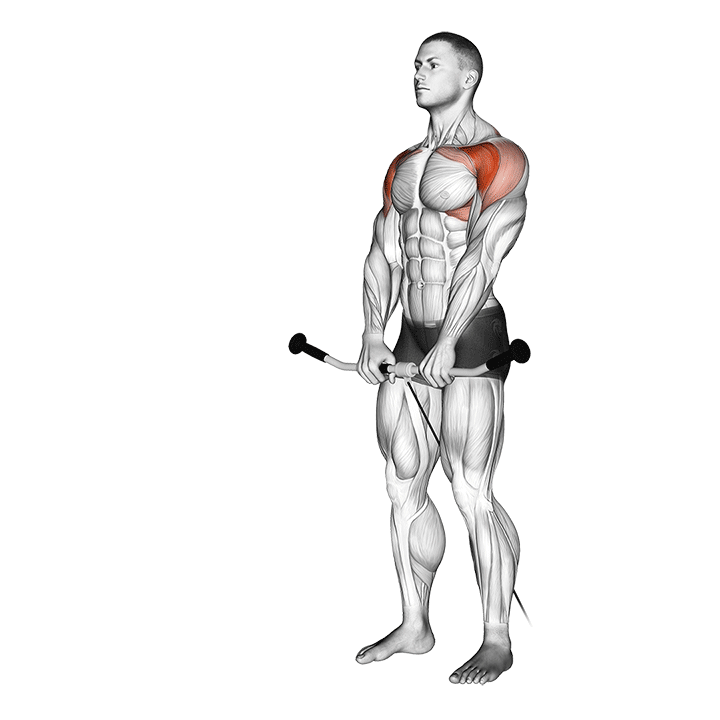
A focused movement for the front delts offers continuous tension.
- How to do it: Attach a handle to the low pulley. Stand facing away from the machine and grip the handle between your legs. Raise your arm forward to eye level, then lower slowly.
Pro Tip: Avoid swinging your torso—control the motion for best results.
7. Leverage Shoulder Press (Machine)

A plate-loaded machine that mimics the barbell press with controlled motion.
- How to do it: Sit in the machine, grip the handles, and press upward. Lower with control.
Myth-buster: Machines don’t limit muscle growth—they allow you to safely overload muscles and focus on form.
8️⃣ Cable Face Pulls
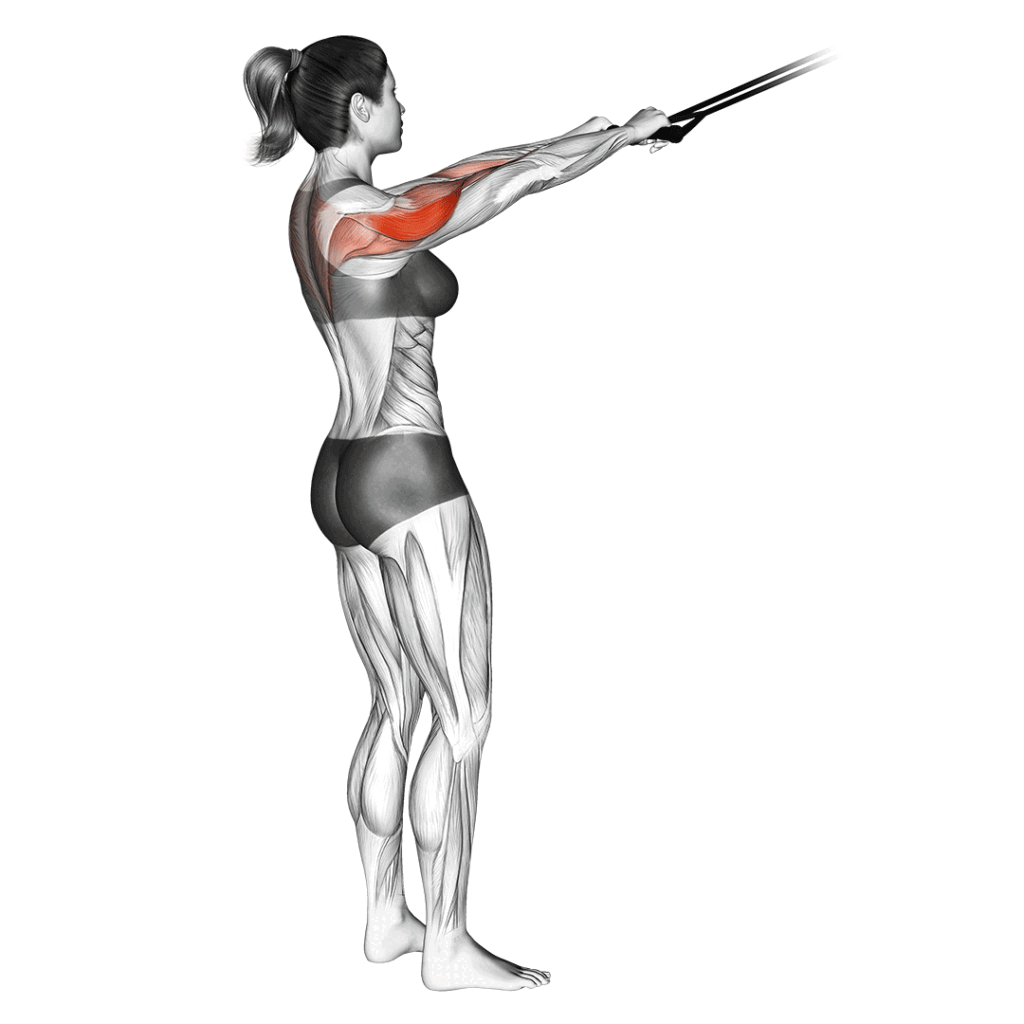
A shoulder and upper back developer that builds strength and resilience.
- How to do it: Set the cable at face level with a rope attachment. Grip the rope with both hands, step back, and pull towards your face, leading with your elbows.
Pro Tip: Keep elbows high and externally rotate your shoulders for maximum activation.
9. Seated Dumbbell Lateral Raises (With Machine Assistance)
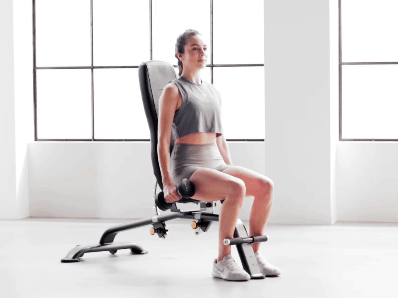
Use a lateral raise machine’s backrest for strict form and isolation.
- How to do it: Sit with your back against the support. Hold dumbbells and raise them to shoulder level. Lower slowly.
Did you know? Adding machine assistance reduces momentum, increasing muscle stress.
10. Cable Upright Rows
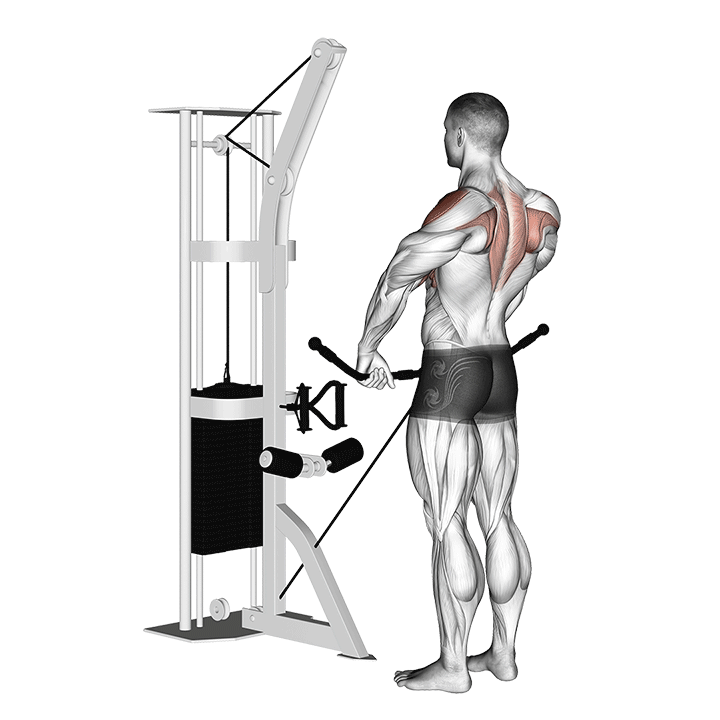
A controlled, safer alternative to barbell upright rows that target traps and delts.
- How to do it: Attach a straight bar to the low cable. Grip the bar, and pull it upward towards your chin, keeping your elbows above your wrists. Lower slowly.
Pro Tip: Use a wider grip to reduce shoulder strain.
Conclusion:
Don’t let your shoulder training plateau. Incorporating these 10 gym-exclusive exercises can unlock new levels of strength, stability, and aesthetic appeal.
Remember, shoulders aren’t just for show—they’re essential for safe, functional movement. So, the next time you hit the gym, challenge your delts with these powerhouse moves and feel the difference!
Frequently Asked Questions (FAQs)
Why should I focus on gym-only shoulder exercises?
Gym-only exercises often utilize specialized machines, cables, and barbells that provide consistent tension, controlled movement, and heavier loads—key elements for maximizing muscle growth, strength, and definition.
Can I build great shoulders without a gym?
While you can develop shoulder strength with bodyweight and dumbbells, the variety and resistance options in a gym setting (like cables and machines) allow for more targeted and progressive overload, which can lead to better definition and size.
How many times a week should I train shoulders?
For optimal growth, train shoulders 1–2 times per week, ensuring adequate recovery between sessions. Each session should include a mix of compound and isolation movements.
Should I use heavy weights or lighter weights with higher reps?
A combination works best. Heavy weights with lower reps (4–8) target strength, while moderate weights with higher reps (10–15) enhance definition and endurance. Both should be part of your program.
What’s the best gym-only shoulder exercise for beginners?
The seated barbell overhead press or Smith machine press are great starting points. They offer stability and help build pressing strength before progressing to more advanced moves.
Can I combine these shoulder exercises with other muscle groups in one workout?
Absolutely. Shoulders pair well with chest, back, or arms, but be mindful of fatigue. If combining, limit direct shoulder work to 3–4 exercises to prevent overtraining.
How long does it take to see results from these exercises?
Visible definition may appear in 4–8 weeks with consistent training, proper nutrition, and recovery. Muscle growth takes time, so stay patient and consistent.
Is shoulder training important even if I’m not a bodybuilder?
Yes! Strong, balanced shoulders improve posture, functional strength, and reduce injury risk in both athletic and everyday activities.
What if I feel pain during these exercises?
Stop immediately if you feel sharp or unusual pain. Reassess your form, reduce weight, or consult a fitness professional or physical therapist.










